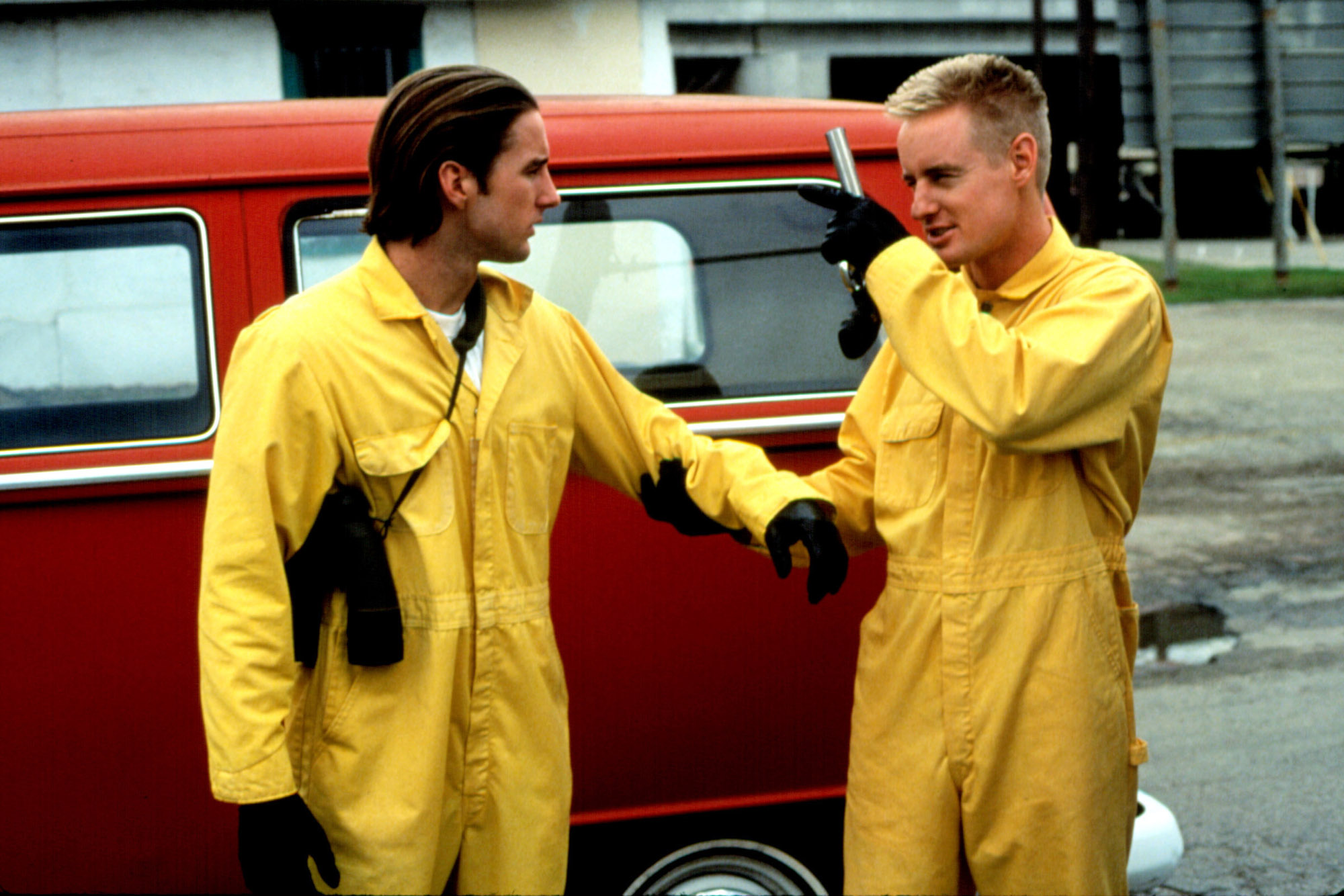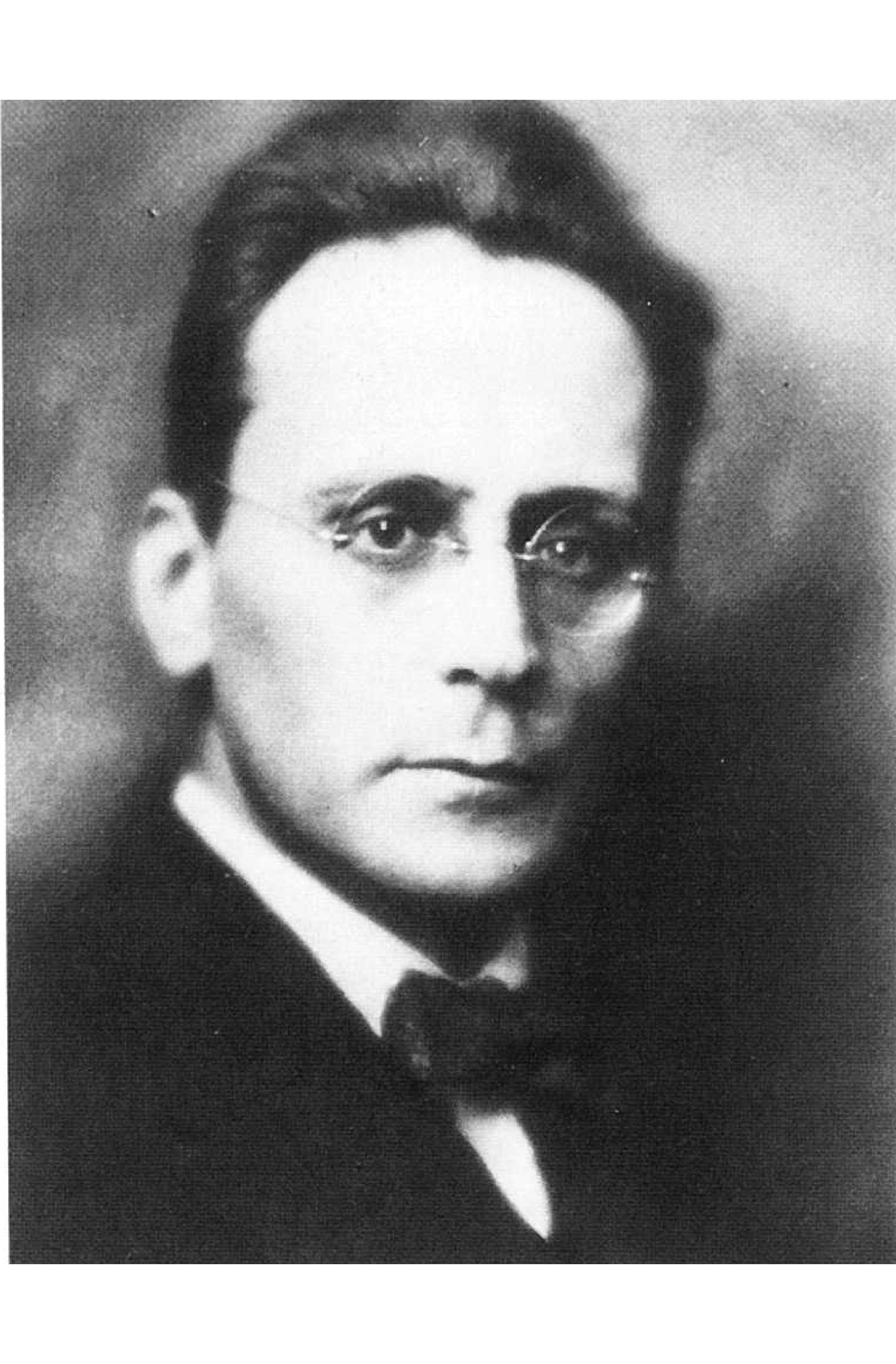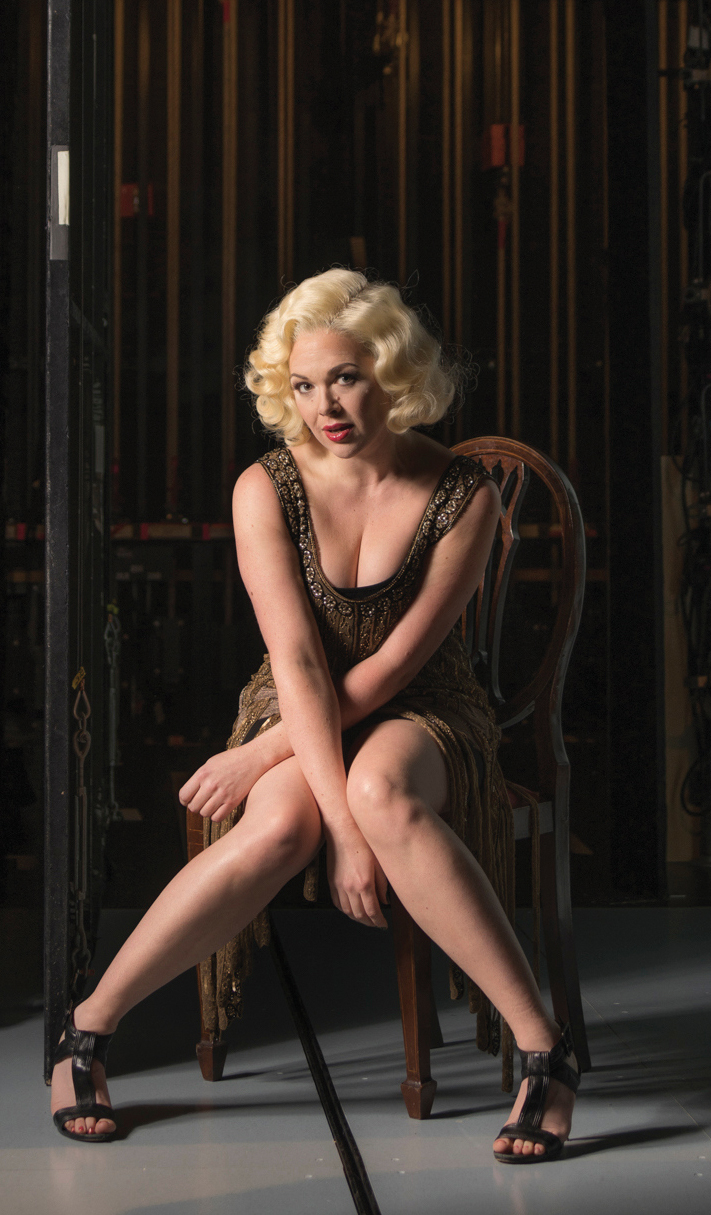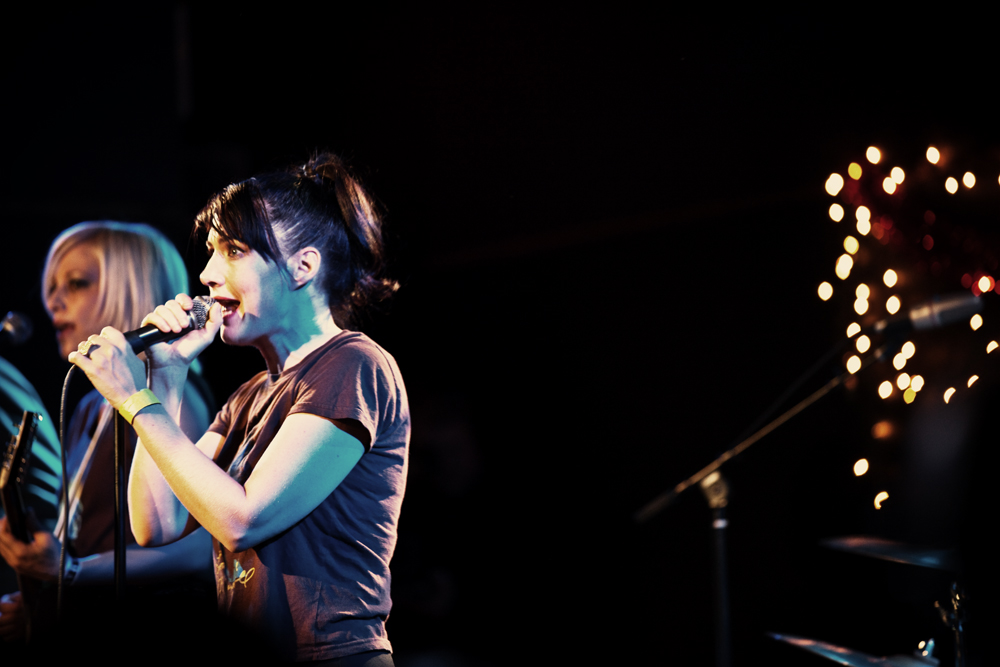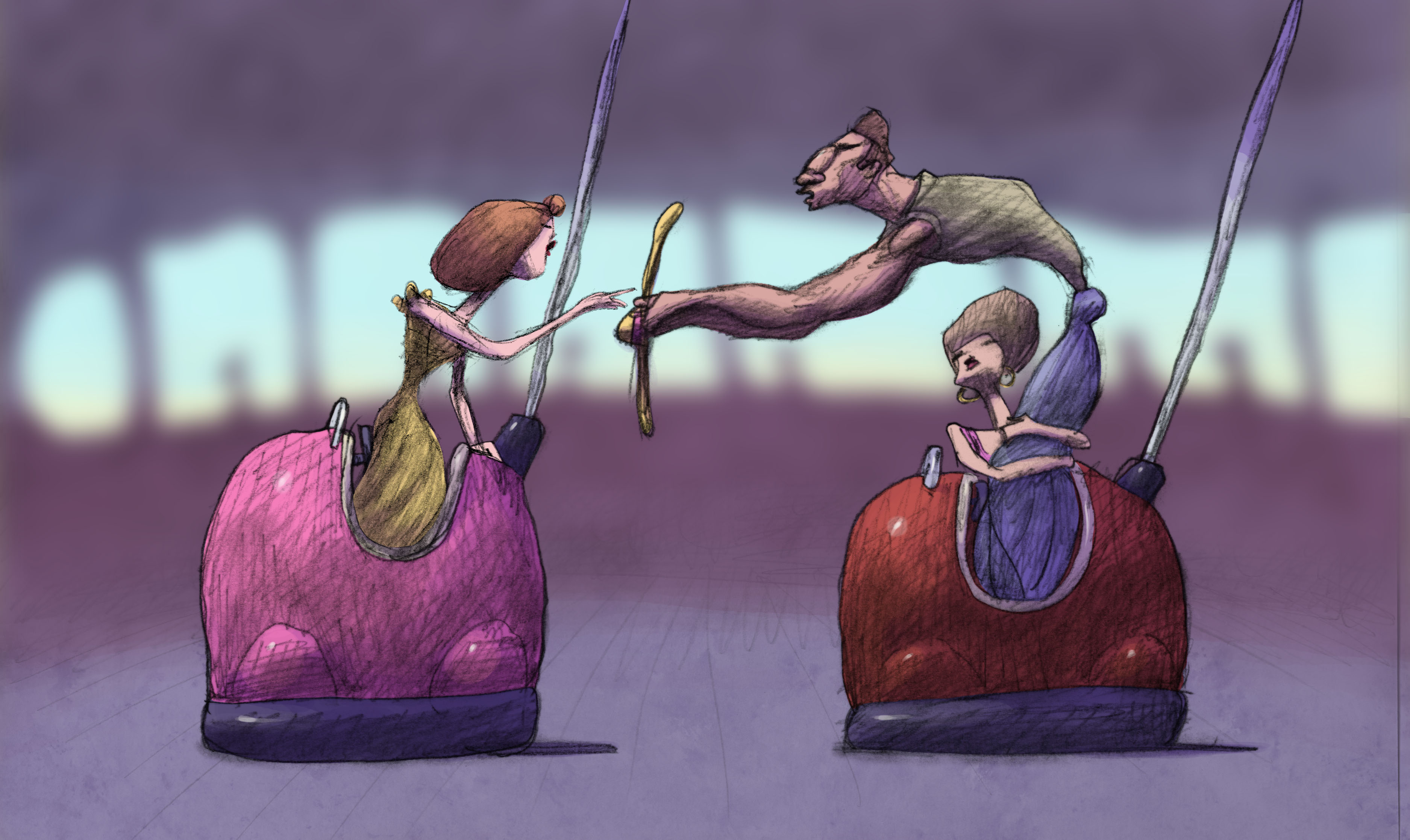Thursday, May 15
Whim W’him
Olivier Wevers continues to experiment with movement so slippery you need rubber gloves to catch it. For this mixed-repertory show, he’s invited back choreographers Andrew Bartee and Annabelle Lopez Ochoa to make new works, as well as inviting himself to do the same. Bartee is soon to leave Pacific Northwest Ballet for Vancouver’s Ballet BC (and a wider berth for freelance choreography), and Ochoa is on a major roll, with national recognition for her work. This fifth-anniversary year, Wevers is putting the company dancers on contract and adding another week to its usual run—two more big steps for a group that excels at fancy footwork. (Through May 23.) Erickson Theater Off Broadway, 1524 Harvard Ave., whimwhim.org. $50 (opening night); $15–$25. 8 p.m.
SANDRA KURTZ
Friday, May 16
Bottle Rocket/Fantastic Mr. Fox
The Grand Budapest Hotel has been playing for two months now, and nationally the film has earned north of $50 million. Spider-Man and Godzilla might sneeze at such paltry, non-3D sums, but these days Wes Anderson is actually a hit filmmaker. Moonrise Kingdom remains my favorite among his oeuvre, but here’s a chance to revisit two of his signature works. The first, Bottle Rocket, was developed from a 1994 short film—also starring Owen and Luke Wilson—that Anderson expanded at the Sundance Labs. Two years later, the lighthearted caper became a darling on the indie and festival circuit, but you wouldn’t have expected Anderson to enter studio-land like, say, Steven Soderbergh. His vision seemed a little twee, a little precious; and maybe we filmgoers liked him all the more because he’d never escape the gravity of our small adoration. Then Bill Murray deigned to do Rushmore, becoming Anderson’s patron (saint) in the process, and that got his foot in the Hollywood door. And that brings us to Fantastic Mr. Fox (2009), by which time Anderson was playing with the big boys (well, big voices) in adapting Roald Dahl’s children’s tale via stop-motion animation: Murray, Streep, Clooney . . . plus company players Jason Schwartzman and Willem Dafoe. (Anderson himself plays Weasel.) You’ll see echoes of both films in Grand Budapest: the art heist that turns out not to matter very much; the haltingly animated ski-toboggan pursuit through the patently artificial little forest; and the pervasive sense of chasing memories and dreams even while knowing they can never be grasped. (Through Tues.) Central Cinema, 1411 21st Ave., 686-6684, central-cinema.com. $6–$8. 7 & 9:30 p.m.
BRIAN MILLER
Bike to Work Day
Mayor Murray just announced that a separate, protected bike lane will be installed on Downtown’s Second Avenue (as opposed to the present painted Left Lane of Death); the Broadway Bikeway is nearly complete; and Seattle’s first bike-share program is set to launch this fall. So there’s plenty to celebrate today, especially for those regular pedalers who’ll pass through dozens of Puget Sound commuter stations where freebies will be dispensed. (Mine’s on the West Thomas Street overpass that links LQA to the waterfront; can’t beat the view.) I suspect the two highest concentrations of velocipedal smugness will be Dexter-at-Mercer and the ferry terminal. But lest we two-wheelers be too proud of ourselves, too besotted with our low-carbon-footprint superiority, a word about red lights: Yes, they apply to us, too. And as summer approaches and dawdling tourists abound, slow the fuck down and give polite warning when you pass pedestrians. You’re not riding the Giro, so show some manners. Today a morning rally from the Fremont Bridge (at 7:30 a.m.) to KEXP is planned; and for those who later care to roll through SLU (mind the trolly tracks!), there’s an official after-party at Sixth and Blanchard from 4:30–6:30 p.m. On offer will be music from KEXP’s Greg Vandy and food and drinks from Tom Douglas. The latter event’s sponsored by the relocated Velo Bike Shop (so long, Cap Hill!), where I recommend you buy some of those USB-rechargeable blinky lights. They are, after the West Thomas Street bridge, the best thing that’s happened to my Schwinn since I rescued it from a blackberry patch. See cascade.org for a full schedule of activities and map of commuter stations.
BRIAN MILLER
Monterey Pop
If you didn’t feel like paying the premium and braving the lines to see the SIFF-opening Jimi: All Is by My Side last night, tonight you can watch Hendrix break big at the 1967 Monterey Pop festival. The former film is set during the prior year, as the obscure guitarist tries to forge a new musical identity in London; it’s a prelude, if you will, to what we see in D.A. Pennebaker’s 1968 concert doc. During the three-day fest, Hendrix mixed with proven luminaries like Simon and Garfunkel, The Mamas & the Papas, Jefferson Airplane, and The Who. Also securing their reputations at Monterey would be Janis Joplin and Otis Redding, but it was Hendrix, then basically unknown in the U.S., who rose fastest and highest. His performance of nine songs, including “Purple Haze,” “Foxy Lady,” and “Wild Thing”—famously concluding with his guitar in flames—instantly made him a star, put his poster on a million dorm-room walls, and got him invited to Woodstock. Three years later, he was dead. For my money, Monterey Pop is a better movie than the three-hour Woodstock, more concise and focused (it runs only 78 minutes), and the soundtrack has been newly restored, so it should sound even better than before. (Through Thurs.) Grand Illusion, 1403 N.E. 50th St., 523-3935, grandillusioncinema.org., $5–$7. 7 & 8:45 p.m.
BRIAN MILLER
Monday, May 19
UW Modern Music Ensemble
Unlike most high-minded high modernism, it’s not its aggressiveness but its reticence that’s made the music of Anton von Webern a tough nut to crack. First of all, his preference for generic titles—Symphony, Concerto, Three Songs, Six Pieces—don’t offer a listener much of a way in. He’s also decidedly antiromantic in his pointillist avoidance of long melodic lines (at least in his instrumental writing): In the first movement of his eight-minute Quartet, op. 22 (1930), everyone plays just two- and three-note nanophrases that tumble around one another like the shards of glass in a kaleidoscope. The second movement, in which the violin, piano, clarinet, and saxophone sometimes play as many as six or even more pitches in a row, sounds positively lush in comparison. (But even in this ascetic music, the sax can’t quite escape its jazz connotations: Bits of the Quartet remind me of a swank, smoky nightclub combo, only with 95 percent of the notes removed.) Morton Feldman’s music takes the idea of making a lot out of a little even further; in pieces like False Relationships and the Extended Ending (1968) for violin, cello, trombone, three pianos, and chimes, he replaces Webern’s cubist angularity with hushed, shimmering mystery. And with its fairy-tale scoring—piccolo, glockenspiel, and celesta—Franco Donatoni’s 1987 Ave starts out blithely, but begins to echo and fold in on itself; imagine a Hans Christian Andersen story made up only of the sentences in the first paragraph, repeated and recombined, with words here and there being surreally twisted in the process. All three pieces will be performed tonight by the UW Modern Music Ensemble, alongside compositions by UW students Jeff Bowen and Anna Stachurska. Meany Hall,
UW campus, 543-4880, music.washington.edu. $12–$20. 7:30 p.m.
